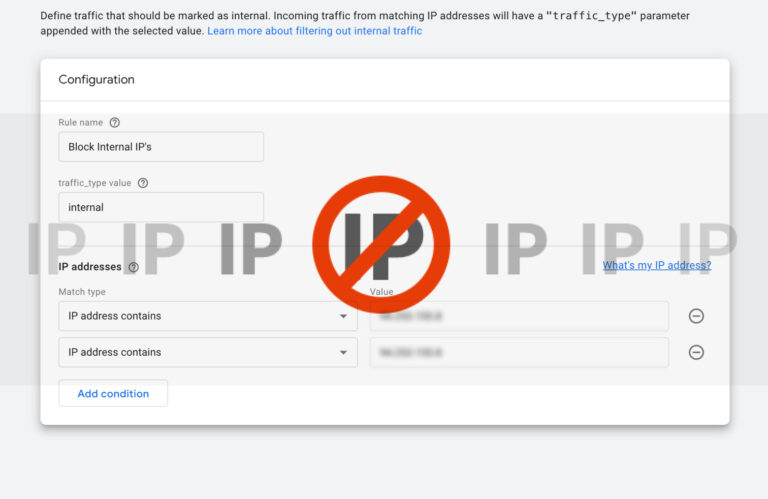In today’s competitive business landscape, lead capture is more important than ever. Without a steady stream of leads, businesses struggle to grow and achieve their goals. However, simply capturing leads is not enough. Businesses need to also develop a strong lead culture to ensure that leads are nurtured and converted into customers.
What is lead capture?
Lead capture is the process of gathering information about potential customers. This information can be collected through a variety of channels, such as websites, social media, and events. Once captured, leads are stored in a database and can be used by sales and marketing teams to nurture and convert them into customers.
Why is lead capture important?
Lead capture is important because it allows businesses to:
- Identify potential customers
- Understand their needs and wants
- Build relationships with them
- Nurture them through the sales funnel
- Convert them into customers
What is lead culture?
Lead culture is the set of values and beliefs that a company has about leads. It encompasses everything from how leads are captured to how they are nurtured and converted. A strong lead culture is essential for ensuring that leads are treated with respect and that they are given the best possible chance of becoming customers.
What are the benefits of a strong lead culture?
A strong lead culture can help businesses to:
- Improve lead quality
- Increase conversion rates
- Reduce customer churn
- Increase customer lifetime value
How can businesses develop a strong lead culture?
There are a number of things that businesses can do to develop a strong lead culture. These include:
- Defining lead capture goals: Businesses should clearly define their goals for lead capture. This will help them to develop a strategy that is focused on attracting and converting the right types of leads.
- Creating a lead capture process: Businesses should create a process for capturing leads. This process should be easy for potential customers to follow and should capture all of the relevant information.
- Nurturing leads: Businesses should nurture leads by providing them with valuable information and content. This will help to build relationships with leads and move them further down the sales funnel.
- Measuring lead capture results: Businesses should measure the results of their lead capture efforts. This will help them to identify areas for improvement and make changes as needed.
- Training sales and marketing teams: Train your sales and marketing team on lead capture. Make sure they understand the importance of lead capture and how to effectively capture and nurture leads.
- Incorporate lead capture into your marketing strategy: Make sure that lead capture is an integral part of your marketing strategy. This will help to ensure that you are capturing leads from all of the right channels.
- Develop a lead nurturing strategy: A lead nurturing strategy will help you to keep leads engaged and move them closer to becoming customers.
- Use customer relationship management (CRM) software: CRM software can help you to track your leads and manage your lead nurturing efforts.
- Regularly review and update your lead capture process: As your business grows and changes, it is important to regularly review and update your lead capture process to ensure that it is still effective.
Lead capture and lead culture are two important aspects of any business’s marketing and sales efforts. By developing a strong lead culture, businesses can improve their lead quality, increase conversion rates, and reduce customer churn.
In addition to the information above, here are some additional tips for businesses that want to improve their lead capture and lead culture:
Use a variety of lead capture channels. Don’t rely on just one channel to capture leads. Use a variety of channels, such as your website, social media, and email, to reach a wider audience:
- Make it easy for potential customers to share their information. Use short and concise lead capture forms and make sure they are easy to find on your website.
- Personalise your lead capture messages. Use personalization to make your lead capture messages more relevant to potential customers.
- Use lead capture software. Lead capture software can help you to automate your lead capture process and make it more efficient.
- Measure your lead capture results. Regularly measure the results of your lead capture efforts to identify areas for improvement.
- Track your lead conversion rates. Track your lead conversion rates to see how effective your lead capture and nurturing efforts are.
- Make changes to your lead capture process as needed. Based on your results, make changes to your lead capture process as needed to improve its effectiveness.
By following these tips, businesses can develop a strong lead capture and lead culture that will help them to achieve their marketing and sales goals.



